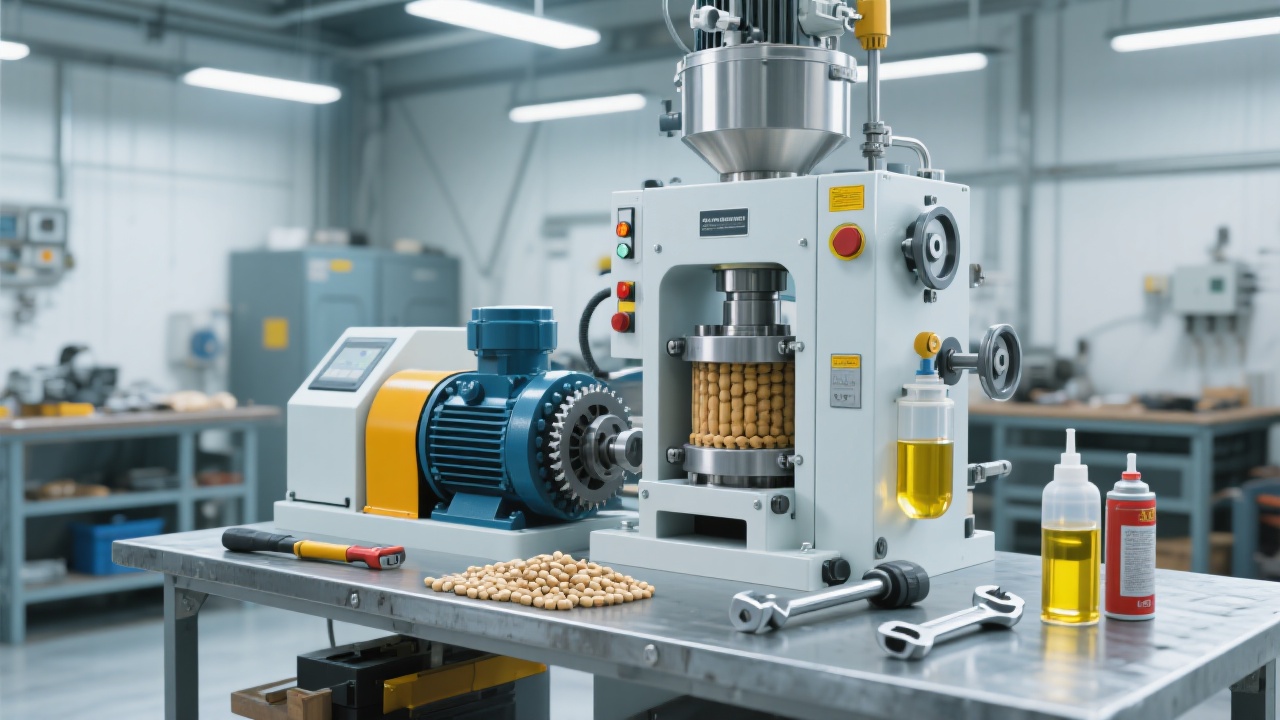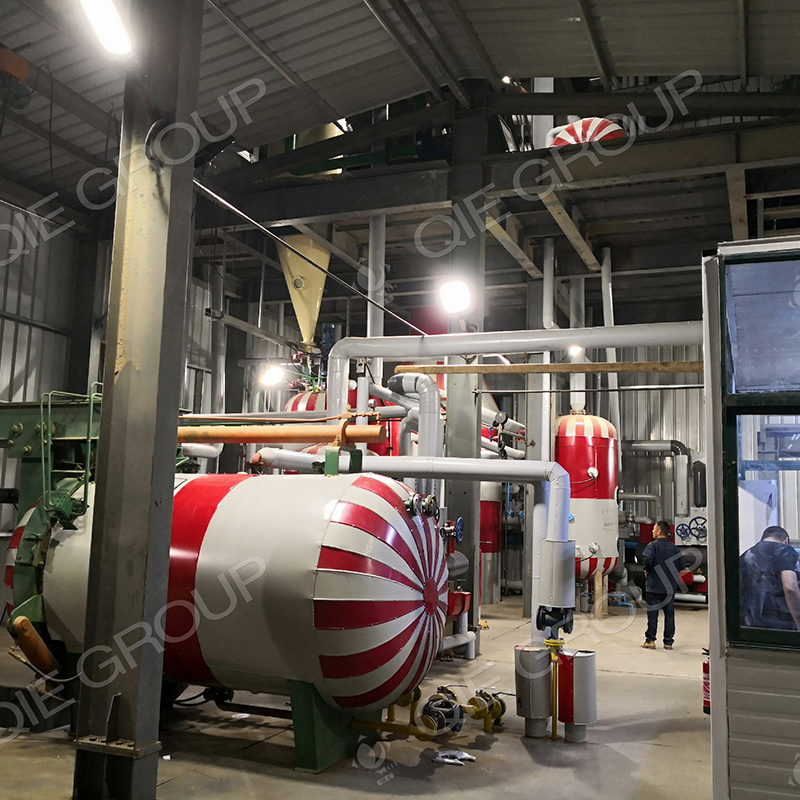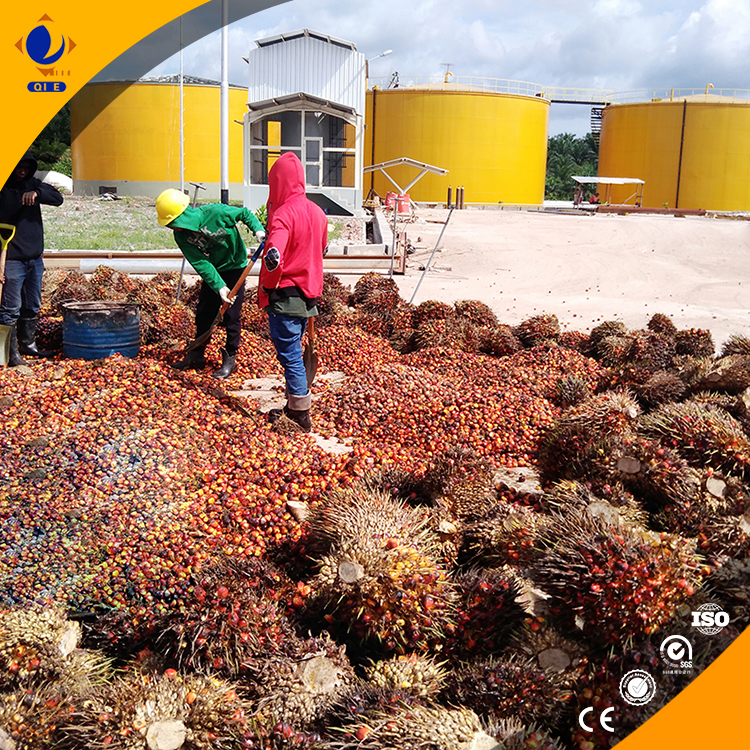
As a small or medium-sized oil production enterprise, you may face challenges such as complex operation, downtime due to improper maintenance, and unstable oil yield. Mastering the operation and maintenance of a fully automatic multi-functional oil press is the key to improving efficiency and ensuring product quality. This guide will provide you with detailed information to help you achieve stable and efficient production.
Before we dive into the operation details, let's first understand the common pain points you might encounter. Complex operation procedures can make it difficult for your staff to get started quickly. Improper maintenance often leads to unexpected downtime, which can disrupt your production schedule. And unstable oil yield can affect your bottom line. This guide aims to solve these problems step by step.
Before starting the oil press, you need to conduct a thorough inspection. Check the power supply, make sure all connections are secure, and inspect the mechanical parts for any signs of damage. When setting the parameters, understand the logic behind each one. For example, the temperature setting is crucial as it affects the oil extraction rate. Generally, the optimal temperature for most oilseeds ranges from 80°C to 120°C. Also, pay attention to safety precautions, such as wearing appropriate protective gear.

During the pressing and filtration process, monitoring key indicators is essential. Keep an eye on the temperature, pressure, and flow rate. For instance, a stable pressure of around 2-3 MPa can ensure a consistent oil yield. If the temperature is too high, it may cause the oil to deteriorate; if it's too low, the oil extraction rate will be affected. By regularly checking these indicators, you can adjust the operation in time to maintain optimal performance.
Regular maintenance is the key to prolonging the life of your oil press. Clean the machine regularly to prevent the accumulation of oil residues, which can affect the performance. Replace the vulnerable parts, such as filters and belts, at appropriate intervals. On average, filters should be replaced every 200-300 hours of operation. Additionally, you can optimize energy consumption by adjusting the operating parameters according to the production volume. For example, reducing the power during off-peak production periods.

Even with proper maintenance, faults may still occur. Here are some common fault types and their solutions. If the oil yield is low, it could be due to incorrect parameter settings or clogged filters. Check and adjust the parameters or replace the filters. If there is abnormal noise during operation, it may indicate a problem with the mechanical parts. Stop the machine immediately and inspect for any loose or damaged components. By quickly identifying and solving these problems, you can minimize downtime.
Investing in systematic training for your staff can significantly improve production continuity and product quality. A well-trained team can operate the oil press more efficiently, troubleshoot problems more quickly, and ensure consistent product quality. We also provide video demonstrations and animations to enhance the understanding of the operation process. This way, your staff can learn at their own pace and master the skills more effectively.

| Question | Answer |
|---|---|
| How often should I clean the oil press? | It is recommended to clean the oil press after every 8-10 hours of continuous operation. |
| What should I do if the oil press suddenly stops working? | First, check the power supply. If the power is normal, then refer to the troubleshooting section in this guide to identify and solve the problem. |
If you have more questions, you can click on the interactive Q&A entrance below. To learn more product details, please visit our official website.

